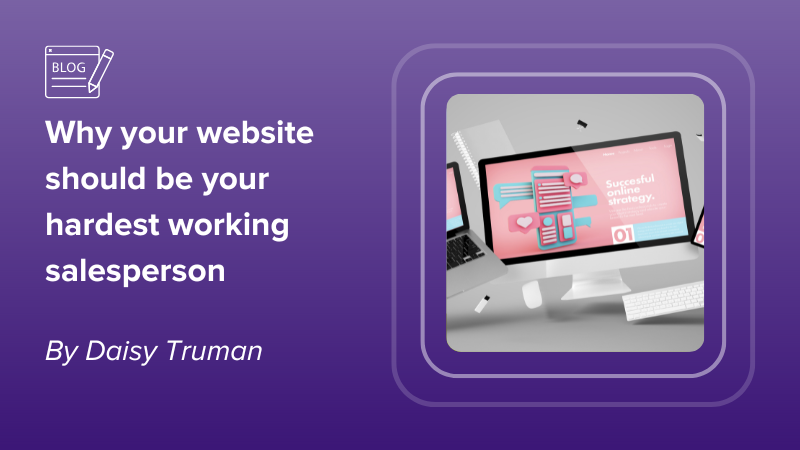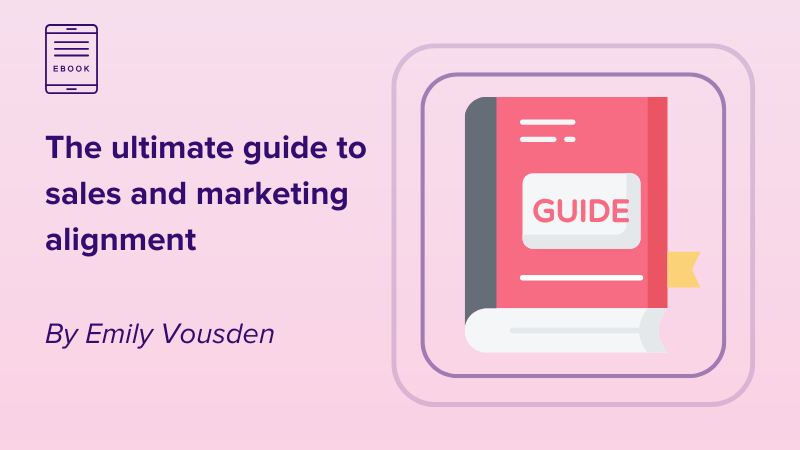It’s no surprise that most of the B2B buyer journey happens online, often without even speaking to a sales rep. In fact, according to Forrester Research, “68% of B2B customers prefer to research independently online.” That’s the majority of our buyers choosing to conduct their own research. Often utilizing our websites as the number one resource to gather the information they need. So when they visit your site, you need to be confident that you have an informative and effective online presence to help them convert. But the reality is, only 2% of B2B visitors will convert, which is why marketers are focusing on Conversion Rate Optimization (CRO) to give buyers more of what they want and push them through the funnel quicker.
What is CRO (Conversion Rate Optimization)?
CRO is the process of improving your website to increase the percentage of visitors who take a desired call to action. The desired action can vary depending on the website’s goals. Often including actions such as requesting a demo, filling in a contact form, completing a purchase, or downloading a piece of content.
The primary goal of CRO is to make the user experience as smooth and compelling as possible, which, in turn, leads to a higher conversion rate.
So, why is CRO so important?
CRO helps increase the revenue generated from your website because more of your visitors are taking a desired action. It’s also much more cost-effective than trying to attract more traffic. Acquiring new visitors can be expensive, but improving your conversion rate means you’re making the most of your existing traffic and therefore optimizing your marketing spend (something we all need to get better at with the continued cut in budgets!).
CRO focuses on making your website or landing page more user-friendly and engaging. Enhancing the user experience makes it more likely to lead to increased customer satisfaction and loyalty. Retaining customers is just as important as acquiring them!
If your business can capture more of the market share by acquiring and retaining more customers, the stronger your advantage will be over your competitors.
Getting started with CRO doesn’t need to be complicated…
I’m hoping if you’re reading this blog, you already know what you are tracking as a conversion on your website. For a software company its likely someone clicking on the ‘book a demo’ button and giving you their contact details. If you don’t know what the goal of your website is, before you dive into CRO it’s worth looking at your website and establishing what conversions are most important to you and your business. Then we can get started…
Unpick your website data
Your website holds a ton of valuable data that can help you identify areas that need improving. Start by looking at your website traffic, landing pages, exit pages, and so on. Google Analytics is your best friend when it comes to collecting quantitative data. When you’re ready to do some deeper research, find a tool that can give you qualitative data like heatmaps and user session recordings.
Work on your Hypothesis
Next create a hypothesis about the changes you need to make to your website to optimize and improve conversion rate. Your hypothesis must always be based on user data and insights, if it’s not it’s probably best you repeat step one.
Test and Repeat
Before you implement your hypothesis, you’ll need to test it. Always avoid sending 100% of your user traffic to your hypothesis experiment, you’ll need to run your experiment alongside your original site simultaneously to see which one performs better. AB testing is the best way to get accurate results so you can prove your hypothesis is correct. If you do prove your hypothesis correct, then it’s time to implement the changes to 100% of your audience.
This stage is never truly complete – to excel with your CRO strategy you should be continuously testing and repeating to maximize conversions!
Monitoring and Analysis
To boost results, you need to continuously monitor performance using data analysis to make further improvements, taking into consideration that your audiences interests and pain points will also evolve.
CRO is a continuous process and should be part of an ongoing strategy to enhance the effectiveness of your website. If you haven’t already, making CRO a critical part of your digital marketing strategy will significantly impact the return on investment from your online marketing activity (and we all know google ads isn’t getting any cheaper!) If you need more information or help on the best CRO methodology to implement, get in touch with one of our experts or check out this blog > https://www.webeo.com/resources/the-most-effective-cro-methodology-in-b2b/




